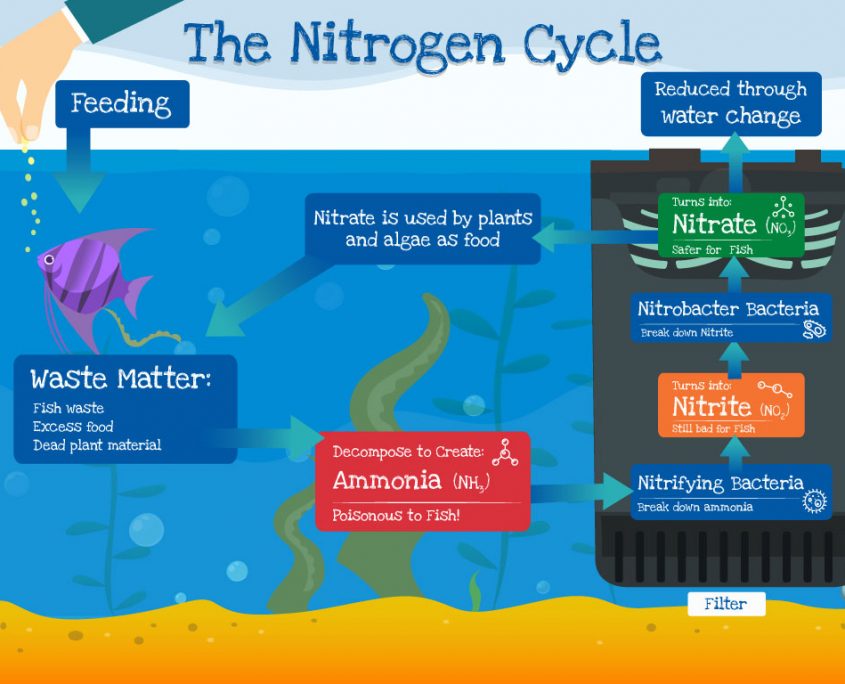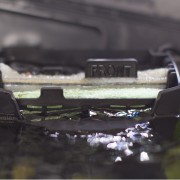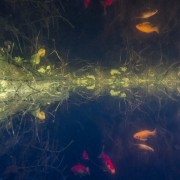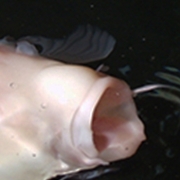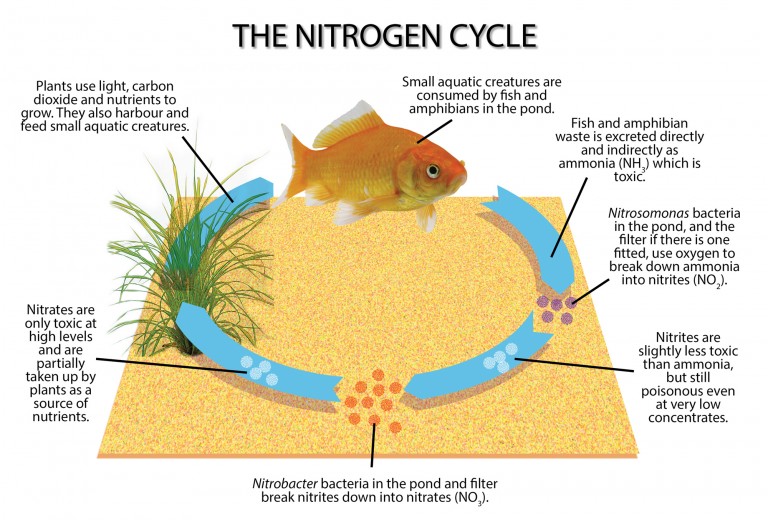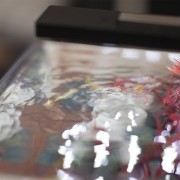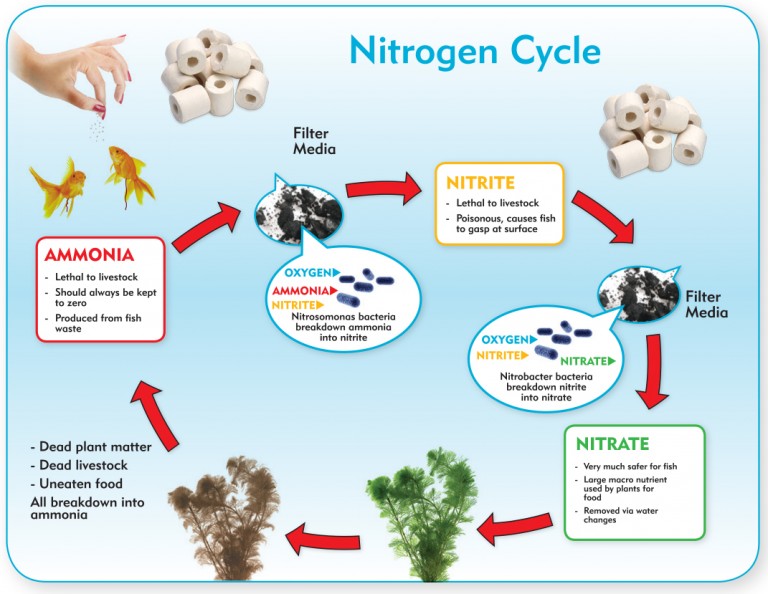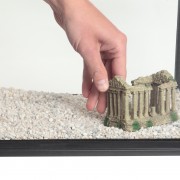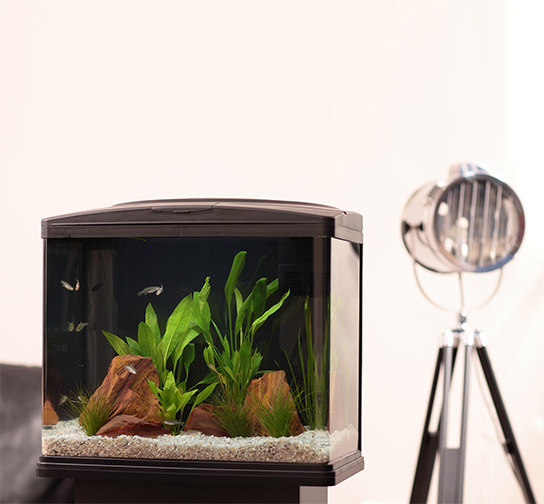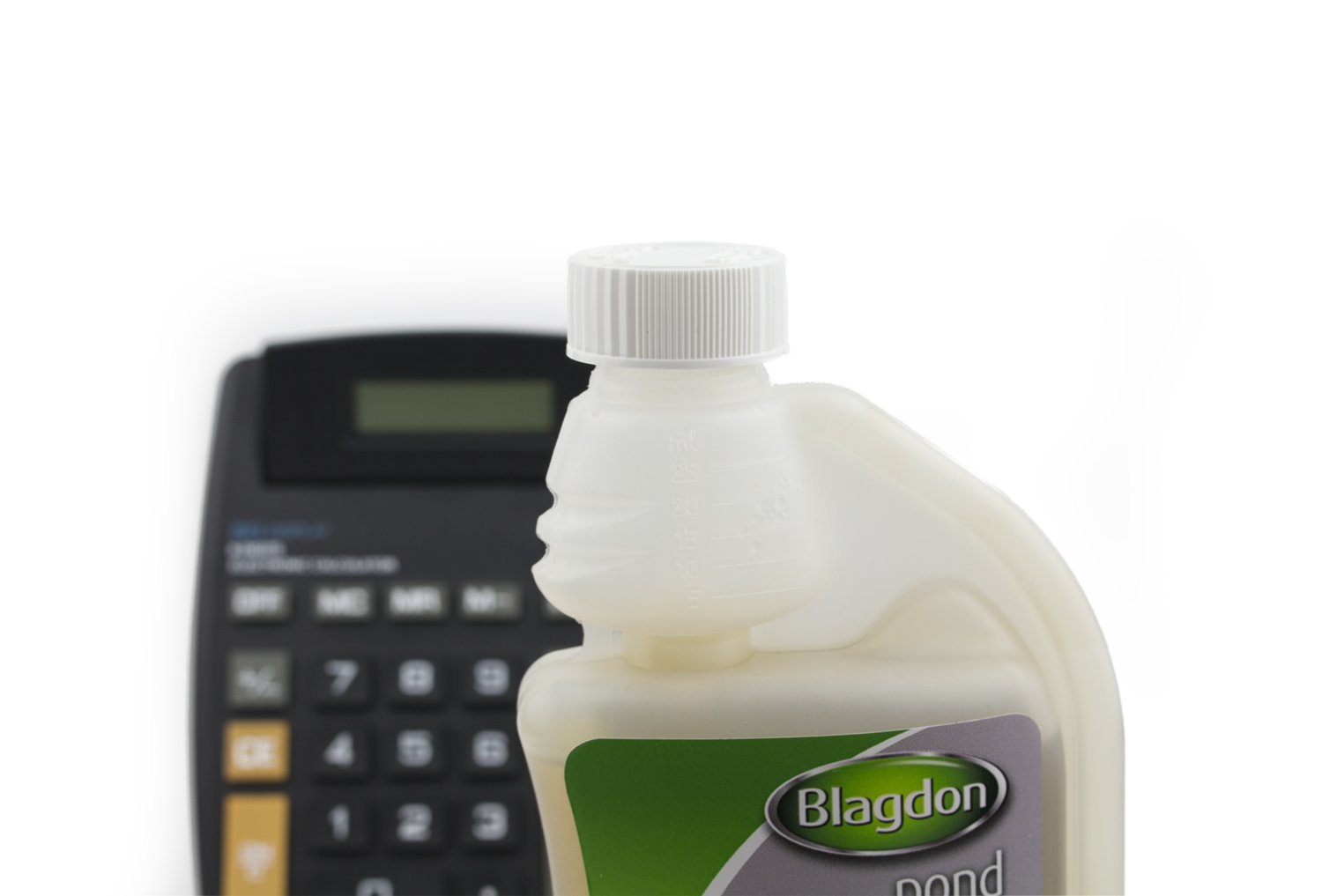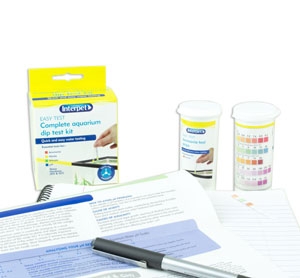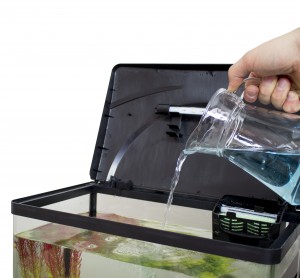1. Positioning your aquarium
Ensure your tank is placed on a level surface suitable for bearing the weight of your full aquarium (every litre of water weighs 1kg so calculate the weight of your aquarium including the weight of the tank itself). Position the aquarium so you can get the maximum enjoyment from it however avoiding:
- Direct sunlight
- Extreme temperature variations (next to a radiator)
- Areas subject to loud noise, vibrations or movement
2. Adding Substrate
Once you’ve picked your chosen substrate make sure to give it a good wash to remove any dirt or dust which will cloud the water. Then pack the substrate in to the bottom of the tank.
3. Adding Décor
Soak any rock, wood or ornaments before adding them to the tank to remove anything that may colour the water or affect the chemical balance of the aquarium (do not use anything other than tap water to clean these items). Décor should always be purchased from a reputable aquatic dealer who can advise on the best conditions for your chosen set up. You can then position these as you wish throughout the tank making open sections and hiding spaces for your fish to explore. It is important to ensure décor is embedded into the substrate and stable to ensure it is not easily undermined by your livestock.
4. Installing a heater
If your livestock require heated water it is now time to install your heater following the manufacturer’s instructions.
DO NOT TURN ON YOUR HEATER YET
5. Installing your filter
Install your filter following the manufacturer’s instructions. Bear in mind that some aquariums come with built in filters and therefore may only need media adding to it whilst others come with a separate filter which must be installed.
(Note – When installing your aquarium or electricals like filters, heating or lighting make sure you create a drip loop in any cables to ensure drops of water cannot reach the mains electricity)
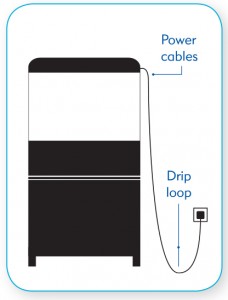
6. Filling the aquarium
Once all of your hardware is installed and you are happy with the positioning of your décor you can begin to fill your aquarium. Place a plate or small bowl on to the aquarium substrate and carefully pour the water on it. This will help to prevent your substrate being disrupted and clouding.
7. Adding live plants
If you want to have live plants in your aquarium now is the time to add them. Once your aquarium is roughly half full stop filling and start to arrange your plants and begin to embed them into the substrate. It’s important to plan ahead with your plants. Speak to your aquatic retailer to discuss favourable plants for the fish you intend to keep and get a good range of plant heights, spreading from the back of the tank to the front to create a balanced and easily viewable environment. Once all of your plants are in place, carefully fill up the rest of the aquarium.
8. Make the water safe
Once your aquarium is full you can switch on your filter and heater to start preparing the tank for your aquatic friends. You should also treat your water with a dechlorinator like Bioactive Tapsafe Plus to remove harmful chemicals from the tap water and introduce aloe vera to help protect your fish’s delicate skin and gills.
9. Leave your aquarium to settle
Although you’ll probably be excited to start adding fish into your tank you need to let it settle and temperature stabilise to the recommended level before adding any livestock.
10. Adding fish
Once your tank has settled you can now think about adding fish. Speak to your aquatic retailer to get the right fish for your set up. Make sure you’re not going to be overstocking, it’s better to introduce a small amount of fish to start with whilst your filter is still maturing, then add more fish gradually over time. Add a product like Fast Filter Start to the tank when adding your first fish to help your filter cope with the waste they will create and maintain healthy water quality. To better understand the role of filter click here.
